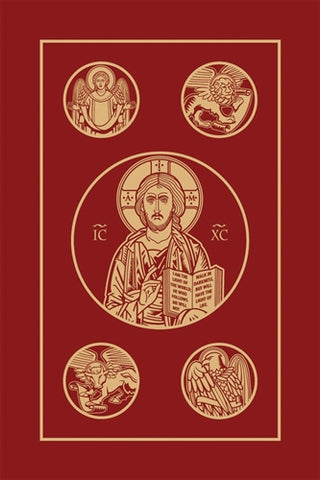It’s in Luke 2. A mystery.
“Now there was a man in Jerusalem whose name was Simeon. This man was righteous and devout, awaiting the consolation of Israel, and the Holy Spirit was upon him.
“It had been revealed to him by the Holy Spirit that he should not see death before he had seen the Messiah of the Lord” (25-35).
We further learn that, “He came in the Spirit into the temple; and when the parents brought in the child Jesus to perform the custom of the law in regard to him, he took Him into his arms and blessed God, saying: ‘Now, Master, You may let your servant go in peace, according to your word, for my eyes have seen Your salvation, which You prepared in sight of all the peoples, a light for revelation to the Gentiles, and glory for your people Israel” (Luke 2:32).
Who was this precognitive fellow? A really intriguing fellow.
Doesn’t he sound like a major, discreet mystic? Was he–this “Simeon”–a bit like Padre Pio or, more recently, Maria Esperanza (of Venezuela)?
Or perhaps Mitar Tarabich (1829-1899), an illiterate Catholic peasant and prophet from a small village called Kremna, who with great specificity (and warning) foresaw the drilling for oil.
Or: like a very humble old man in Medjugorje, Matè Sego, who had prophesied about the apparitions that would take place decades before they occurred? (“One day, there will be a large staircase behind my house, with as many steps as there are days of the year. Medjugorje will be very important, people will come here from all corners of the world.” Born in 1901, he lived near Apparition Hill, where so many millions have now climbed.)
Little “Simeons,” perhaps, in our own era.
Back to Scripture.
“And His father and mother were amazed at the things which were being said about Him. And Simeon blessed them and said to Mary His mother, “Behold, this Child is appointed for the fall and rise of many in Israel, and for a sign to be opposed—and a sword will pierce even your own soul—to the end that thoughts from many hearts may be revealed” (Luke 34-35).
The name Simeon is used in Scripture for four men: Simeon, son of Jacob (Genesis 29:33); Simeon, the man in Jerusalem who met the baby Jesus; Simeon, named in the lineage of Jesus (Luke 3:30); and Simeon of the church in Antioch (Acts 13:1).
Beyond the biblical account, there isn’t much additional historical information about the Simeon of Luke 2. He doesn’t appear in other contemporary texts, and much of what is said about him, outside of the Bible, comes from later Christian tradition and theological reflection.
Some traditions suggest he was one of the scholars who translated the Hebrew Scriptures into Greek in the Septuagint project, though this is not supported by historical evidence and seems to be a later addition to embellish his story and underline his scholarly and spiritual depth.
Theologically, Simeon’s role in the Gospel narrative emphasizes the continuity between the Old and New Testaments, portraying Jesus as the fulfillment of ancient prophecies.
Amazing? Yes. The Child’s father and mother were “amazed” at what was said about their young Son.
There was also, we learn in the same chapter, a prophetess, Anna, the daughter of Phanuel, of the tribe of Asher. She was advanced in years, having lived seven years with her husband after her marriage, and then as a widow until she was eighty-four. She never left the temple, but worshiped night and day with fasting and prayer. And coming forward at that very time, she gave thanks to God and spoke about the Child to all who were awaiting the redemption of Jerusalem.”
Simeon. Anna.
Some day, we will learn more about them.
[resources: an important gift for adults and kids: The Bible]


